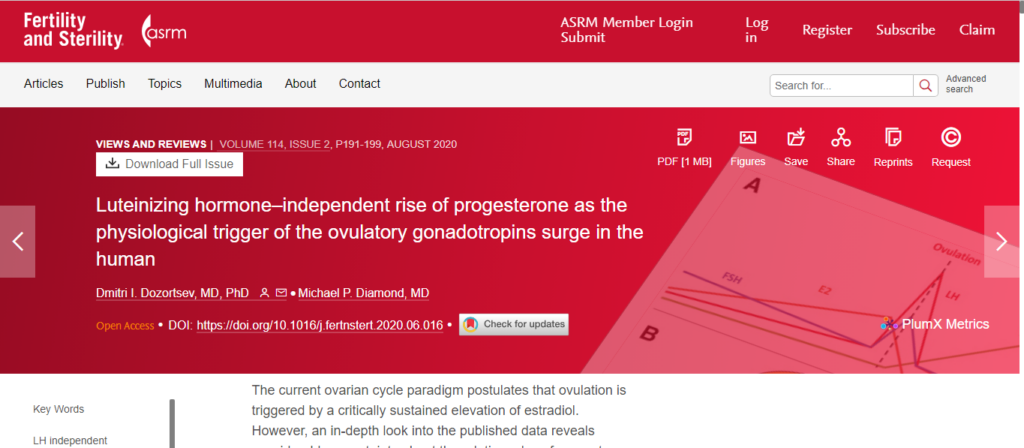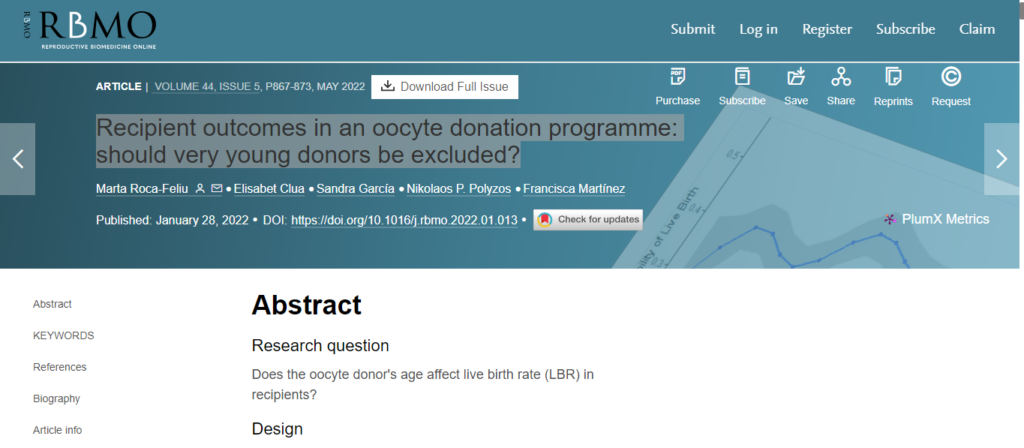If you’re experiencing pelvic pain or have noticed sudden changes in your menstrual cycle, it might be due to an abnormal growth in your uterus or on your ovary.
If you’re experiencing heavy periods, pelvic pain and pressure, or unusual menstrual bleeding, you might have a growth in your reproductive system. These abnormal growths rarely signal a serious health condition like cancer, but can be occasionally painful. If they cause serious discomfort, you should seek the advice of a gynecologist for diagnosis and treatment.
The three most common reproductive growths are: ovarian cysts, uterine fibroids, and endometrial polyps. Each type of growth manifests slightly different symptoms (although some symptoms overlap) and requires separate treatment methods.
The Three Most Common Types of Growths
To diagnose a growth, a doctor examines the reproductive system with an ultrasound or hysteroscopy, a test that uses a camera attached to a thin tube to see inside the uterus. If the doctor finds a growth, it’s most likely one of these three.
Ovarian Cysts. Ovarian cysts are fluid-filled sacs that form on one or both ovaries. The cysts grow during ovulation but then disappear after that. Most women are unaware they have an ovarian cyst, but others may experience abdominal bloating, pelvic pain, difficulty urinating, and bleeding. If the cyst ruptures, you’ll feel a sudden, sharp pain accompanied by vomiting and fever. If this occurs, immediate medical treatment is needed.
Although an ovarian cyst is seldom cancerous, it may cause the ovary to twist in a condition known as ovarian torsion. Another potential complication is polycystic ovary syndrome (PCOS). PCOS is a mass of small cysts on the ovary that could cause infertility.
Even though most cysts resolve themselves without treatment, your doctor may recommend they be monitored. If removal is necessary, the cyst is extracted laparoscopically in a cystectomy.
Uterine Fibroids. Also called leiomyomas or myomas, uterine fibroids are benign tissue masses in the uterus wall that range in size from three-fourths of an inch to several inches. Only one in every 1,000 cases are cancerous. One study published in the American Journal of Obstetrics and Gynecology estimated that by age 50, 70 percent of white women and more than 80 percent of African-American women will be affected by a fibroid.
Uterine fibroids are asymptomatic, but sometimes may result in abdominal pain and cramping, as well as irregular menstrual cycles that produce heavy, prolonged bleeding. Infertility and frequent miscarriages are further symptoms of uterine fibroids.
For women who don’t plan on becoming pregnant, birth control medication can help control the pain and bleeding associated with fibroids. If surgery becomes necessary, there are a couple of options. A hysterectomy completely eliminates the fibroids by removing the uterus. However, for women who eventually want to become pregnant, a myomectomy is the surgical removal of a fibroid which allows the uterus to stay in place.
Another option is uterine artery embolization, which employs strong ultrasound waves to destroy the blood vessels supplying the fibroids. This procedure is not advised for women wishing to become pregnant.
Endometrial Polyps. Growths that emerge from the inner lining of the uterus are endometrial polyps. The condition is more common among postmenopausal women, but can affect premenopausal women as well. Symptoms include postmenopausal bleeding, heavier than normal bleeding during periods, spotting between periods, and pain after sexual intercourse or exercise.
Like other growths, your doctor may simply choose to monitor the polyps if they aren’t causing severe pain and the woman has no risk factors for cancers. If the patient is at greater risk of cancer, a hysteroscope is inserted into the uterus and small instruments are manipulated to cut out the polyp to check for cancerous or precancerous cells. Besides surgical removal, patients may obtain temporary relief from symptoms with hormones. These medications, however, aren’t guaranteed to get rid of a polyp.
We Can Help
Advanced Fertility Center of Texas administers a wide variety of fertility treatments and gynecological services, including therapy for ovarian cysts, endometrial polyps, and uterine fibroids. Whether you believe these conditions are preventing you from becoming pregnant or are simply causing you discomfort, our fertility specialists can help diagnose the problem with state-of-the-art techniques. Make an appointment today.



